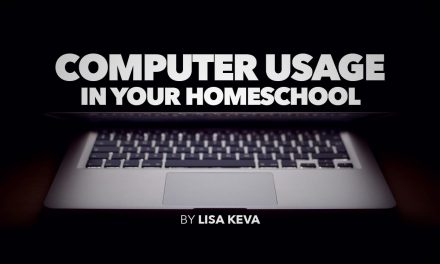Children thrive in the environment where one-on-one attention is given. It’s understandable that this scenario can’t happen all the time. As you go along your homeschool journey you may hit bumps in the road and wonder if adding an online component is the right choice for your child. Consider some of the pros and cons.
First and foremost consider the age and maturity of the child. The more mature the child, the better the outcome will be! If your child needs constant supervision and attention while they are learning, or is not able to sit still and absorb information, online learning may not be the best choice. If you are still set on online learning, limiting the number of online classes would be appropriate at this stage.
Online learning can be fun, engaging, exciting while offering a respite to traditional learning. With all the fun and flash, it is important to keep an eye on what they are learning. Check their comprehension and what they are really absorbing. If they are flipping screens, passing tests and quizes, but can’t remember the key points of the lesson, you may want to rethink this virtual option. This is especially true if it’s a subject that builds upon a foundation.
Another thing to keep in mind is the more screen time children have, generally the less tolerant they are of others. Namely, their siblings. If you noticed that there is an increase in sibling rivalry after introducing more online learning, you may want to scale back their online classes.
There are season when it is very appealing to sit your student down in front of the computer for some virtual learning to help lighten your instructional load or just have some peace and quiet. While this may work for some, this mode of learning will not fit every child. With every approach, it’s up to the parents to evaluate whether or not this is a help or a hindrance to their homeschool environment.





